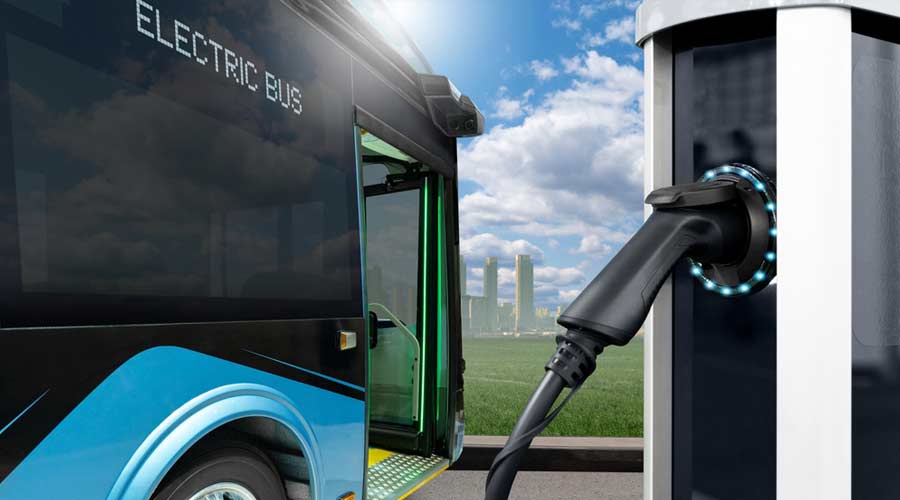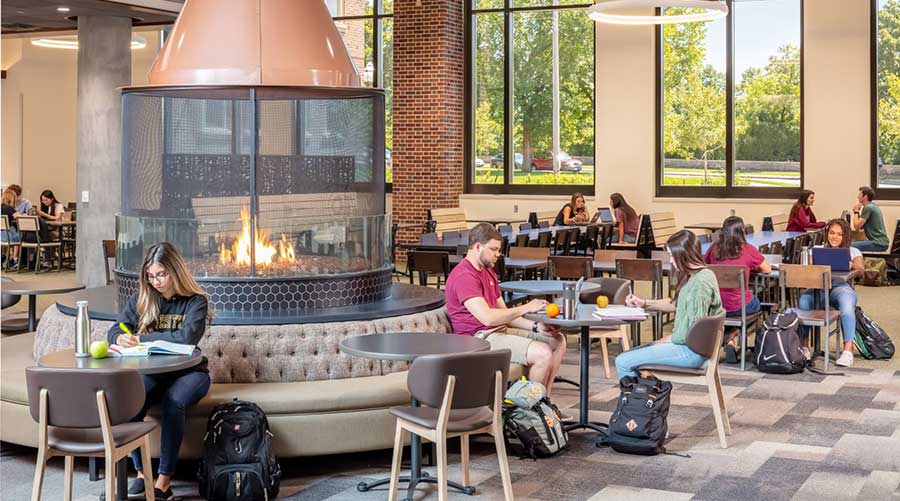Facility Managers Can Use Formal Sustainability Policy To Build Support For Green Interiors Initiatives
Part of gathering support for a green interiors initiative is creating a formal sustainability policy. This is a valuable tool for communicating how sustainability will reshape the organization and guide its future decisions.
"It's important to explain what you are trying to achieve and the actions you will take to reinforce and communicate that commitment," says Dale Greenwald, associate principal and interior design director of Cannon Design. "It's making the invisible visible by telling your employees, customers and partners what you're doing to protect your resources."
Having a sustainability policy also serves as a public declaration, challenging the organization to back up its aspirations with consistent actions.
"We like to say that the mission statement of your company is your voice, but the facilities are your body language," Wilson says. "If you say you're collaborative, forward-thinking and progressive, but you haven't incorporated any principles of sustainability, then a lot of your vision rings hollow."
Outlining clear goals also helps you to home in on the specific actions that will resonate strongest with the organization and become part of its overall story.
"The low-hanging fruit may not be what you thought it was," Greenwald says. "You need to understand all the different tools in your tool box and choose the ones that will support your specific goals."
In terms of defining goals, the LEED rating system can be a helpful tool for advancing a sustainable initiative, whether or not formal LEED certification is pursued.
"I think LEED structures things in a framework that people can easily understand," Greenwald says. "The checklist is an overview that allows you to see things very quickly, and it frames it in a way that enables you to solve real issues."
The Social Side of Green
Increasingly, sustainability is viewed as a market differentiator for attracting and retaining staff. Taylor observes there's broader recognition of the inherent value of the physical work environment — brightness, aesthetics, and personal control of the space — as factors that individuals use to select or remain with an employer.
"If your computer hardware or software doesn't work, there's no hesitation to replace it or get it fixed," he says. "Yet in a building — which is no more than an elaborate tool — we'll often accept when something doesn't work, it's too cold, or it makes staff members sneeze. But there's less and less tolerance for buildings not working to support our people and our organization's mission."
He suggests viewing everyone who works in a facility as a facility manager and asking for their help in identifying ongoing issues that diminish sustainability — everything from lights that stay on when space isn't occupied, to leaky faucets, to drafty spaces.
"It's about saying: 'your eyes are our eyes; please help us make this a better work environment,'" Taylor says.
Related Topics:














